/sīkəˈdēlyə-nərˈvəʊsə/ n. a condition, or otherwise state of consciousness, in which the subject perceives the interconnections and underlying nature of all beings and/or intelligences found throughout the cosmos.
Don't wanna be here? Send us removal request.
Audio
(Tycho)
Glad to hear some familiar elements in his latest album Weather. I only wish the new album was weighted more with some good ole fashion instrumental bliss chill out.
9 notes
·
View notes
Photo

F L U X - 2018
Finally got back to making some GIF art. I’m always learning something new.
more to come soon...
63 notes
·
View notes
Photo

Echoes of the Past
witchoria x @djkrugman
547 notes
·
View notes
Photo





Selected works from Brooklyn-based graphic designer Witchoria (Victoria Siemer).
#graphic design#landscape#digital art#geometric#shapes#abstract#brooklyn#artists on tumblr#NY#art#image set
1 note
·
View note
Photo


Jupiter in Near-Infrared Jupiter and Ganymede in Near-UV and Blue
by Judy Schmidt
45K notes
·
View notes
Photo


Annie Besant - Thought Forms, 1905. Vintage illustration showing the Nature and Power of Thoughts, which have two effects, a Radiating Vibration and a Floating Form.
1K notes
·
View notes
Photo

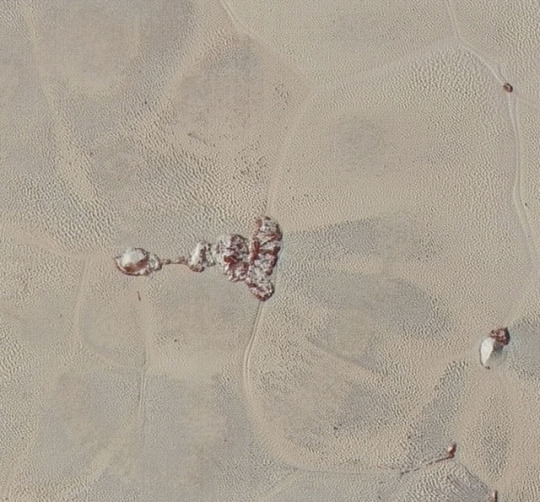

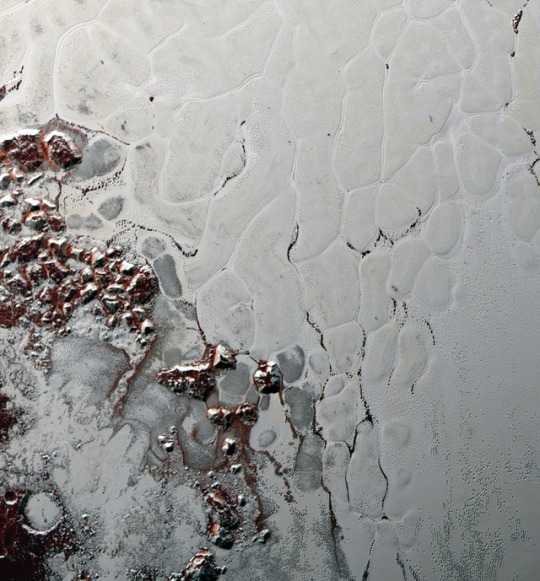
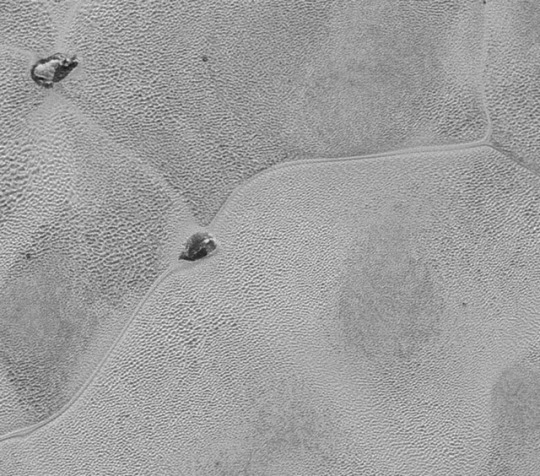

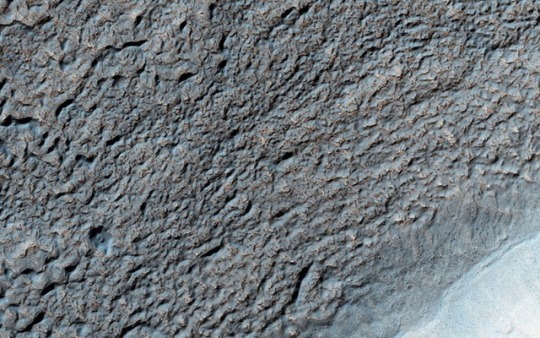
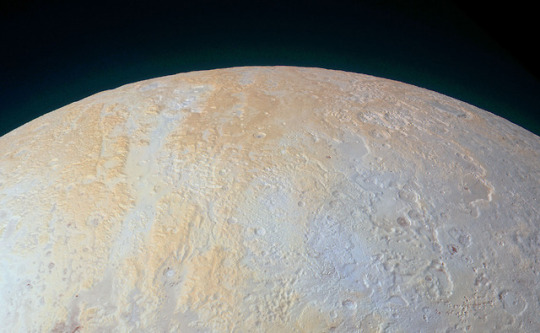
High-resolution images of Pluto taken by NASA’s New Horizons spacecraft.
The plains on Pluto’s surface are composed of more than 98 percent nitrogen ice, with traces of methane and carbon monoxide. Nitrogen and carbon monoxide are most abundant on the anti-Charon face of Pluto (around 180° longitude, where Tombaugh Regio’s western lobe, Sputnik Planitia, is located), whereas methane is most abundant near 300° east. The mountains are made of water ice. Pluto’s surface is quite varied, with large differences in both brightness and color. Pluto is one of the most contrastive bodies in the Solar System, with as much contrast as Saturn’s moon Iapetus. The color varies from charcoal black, to dark orange and white. Pluto’s color is more similar to that of Io with slightly more orange and significantly less red than Mars. Notable geographical features include Tombaugh Regio, or the “Heart” (a large bright area on the side opposite Charon), Cthulhu Macula, or the “Whale” (a large dark area on the trailing hemisphere), and the “Brass Knuckles” (a series of equatorial dark areas on the leading hemisphere). Sputnik Planitia, the western lobe of the “Heart”, is a 1,000 km-wide basin of frozen nitrogen and carbon monoxide ices, divided into polygonal cells, which are interpreted as convection cells that carry floating blocks of water ice crust and sublimation pits towards their margins; there are obvious signs of glacial flows both into and out of the basin. It has no craters that were visible to New Horizons, indicating that its surface is less than 10 million years old.
source | images: NASA/JPL
5K notes
·
View notes
Photo









Europa
Jupiter’s moon Europa is slightly smaller than Earth’s moon. Its surface is smooth and bright, consisting of water ice crisscrossed by long, linear fractures. Like our planet, Europa is thought to have an iron core, a rocky mantle and an ocean of salty water beneath its ice crust. Unlike Earth, however, this ocean would be deep enough to extend from the moon’s surface to the top of its rocky mantle. Being far from the sun, the ocean’s surface would be globally frozen over. While evidence for this internal ocean is quite strong, its presence awaits confirmation by a future mission.
Europa orbits Jupiter every 3.5 days and is locked by gravity to Jupiter such that the same hemisphere of the moon always faces the planet. Because Europa’s orbit is slightly stretched out from circular, or elliptical, its distance from Jupiter varies, creating tides that stretch and relax its surface. The tides occur because Jupiter’s gravity is just slightly stronger on the near side of the moon than on the far side, and the magnitude of this difference changes as Europa orbits. Flexing from the tides supplies energy to the moon’s icy shell, creating the linear fractures across its surface. If Europa’s ocean exists, the tides might also create volcanic or hydrothermal activity on the seafloor, supplying nutrients that could make the ocean suitable for living things.
Image credit: NASA/JPL, Galileo, Voyager & Processed by Kevin M. Gill
Credit: NASA
4K notes
·
View notes
Photo



The Faint Rings of Uranus
Taken in January, 1986 by Voyager 2. Uranus assembled using orange, simulated green, and violet light. The rings were taken in clear (white) light, but colored red here.
Image Credit: NASA/JPL/Kevin M. Gill
23K notes
·
View notes







